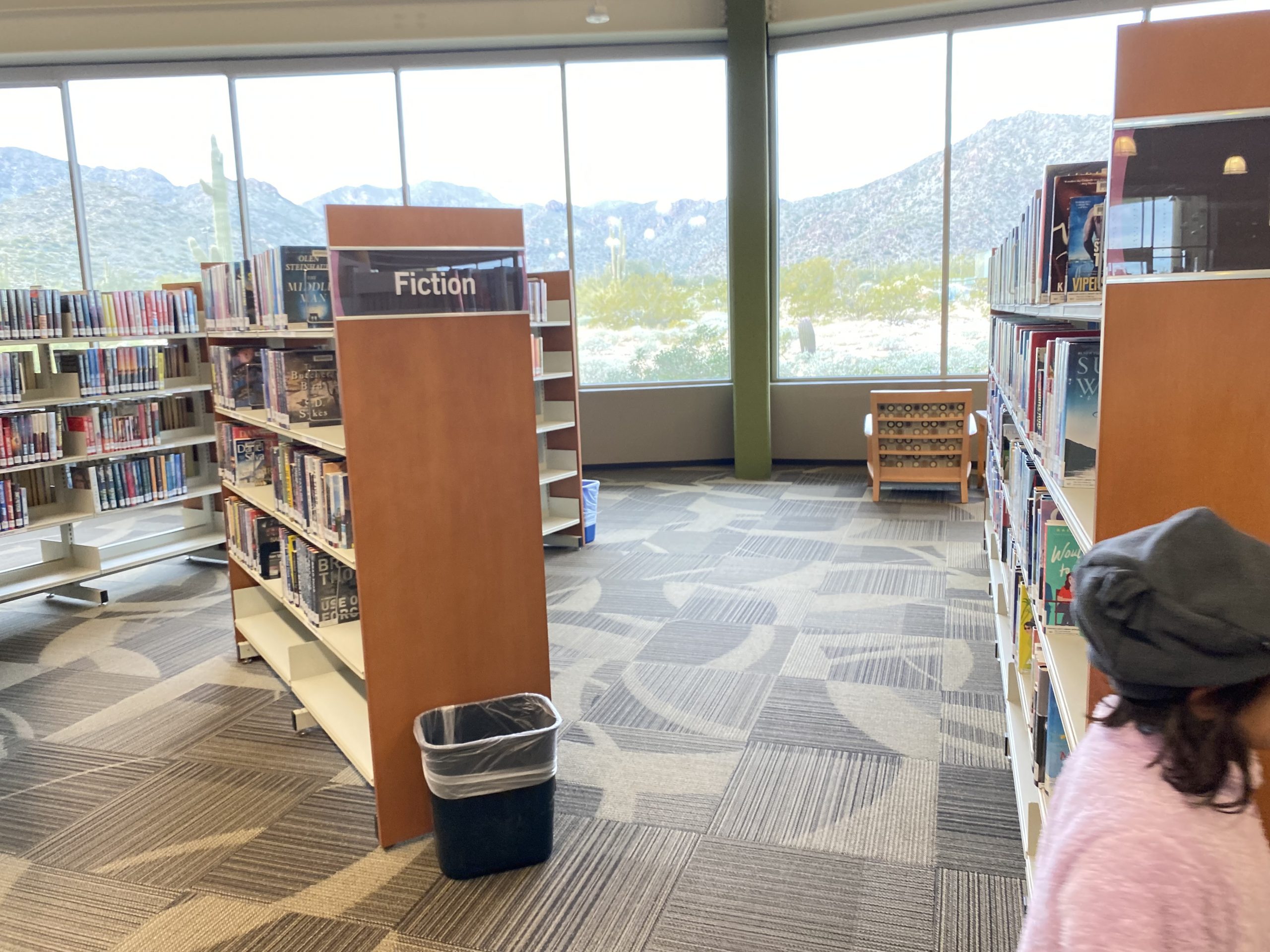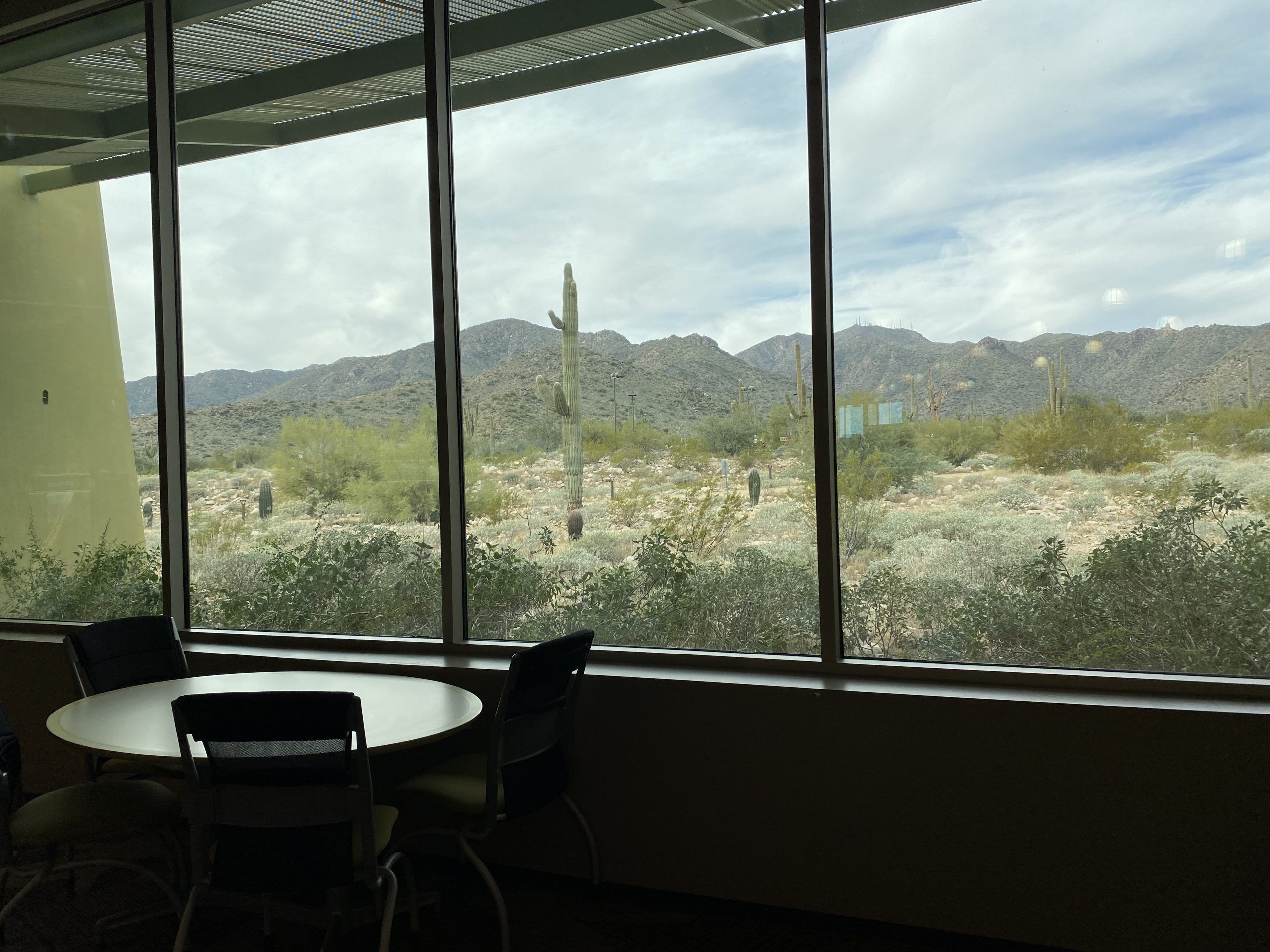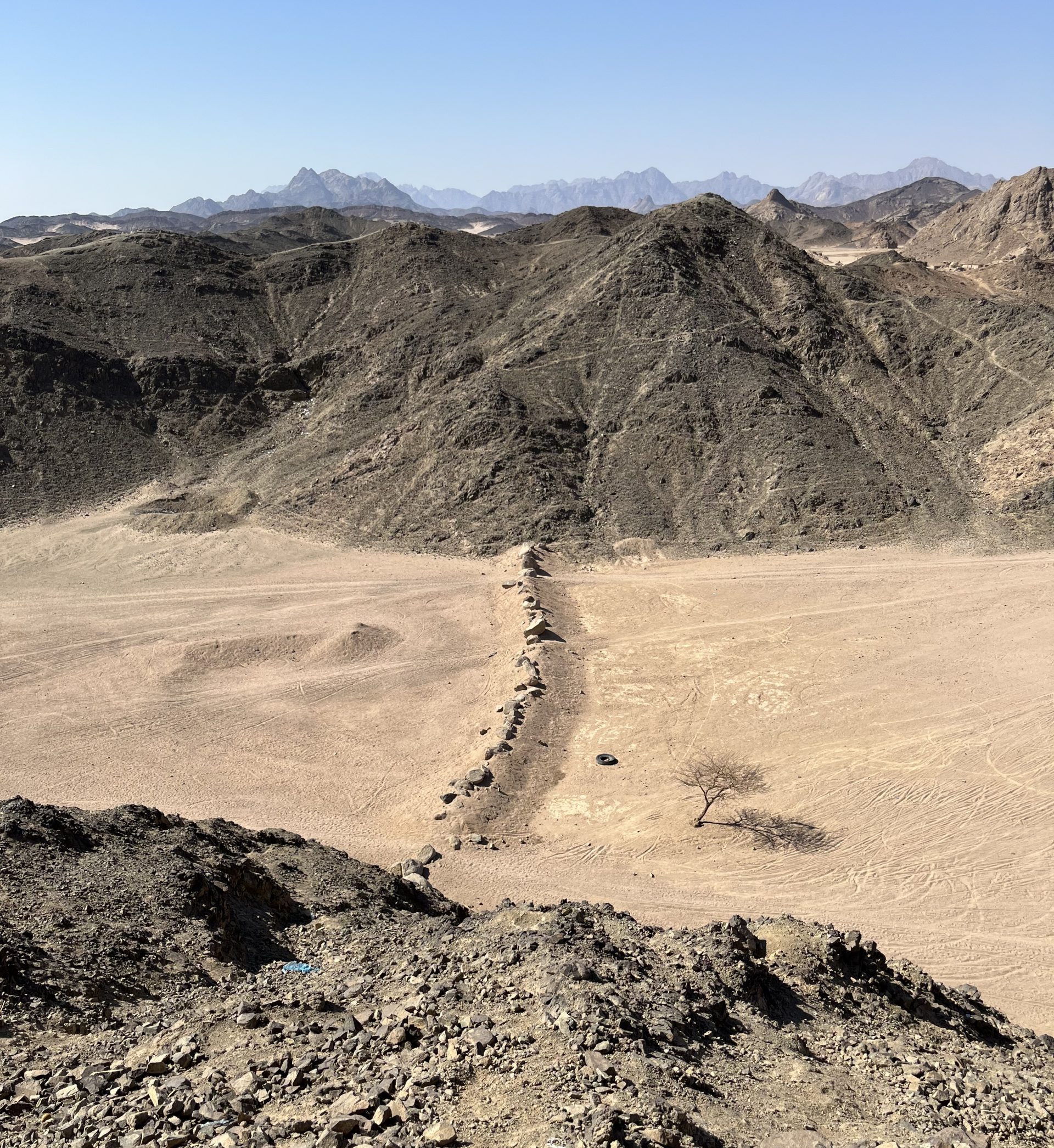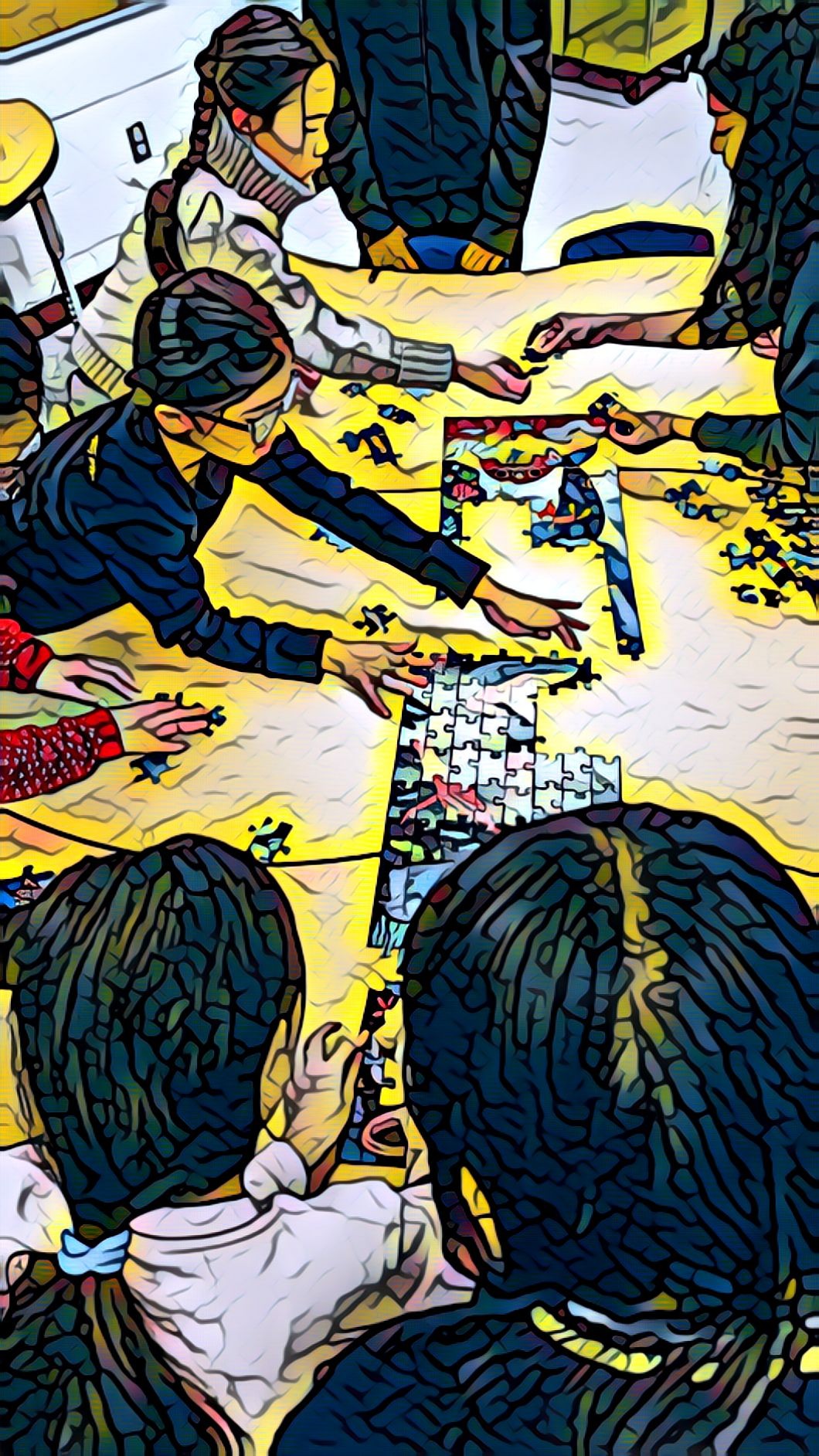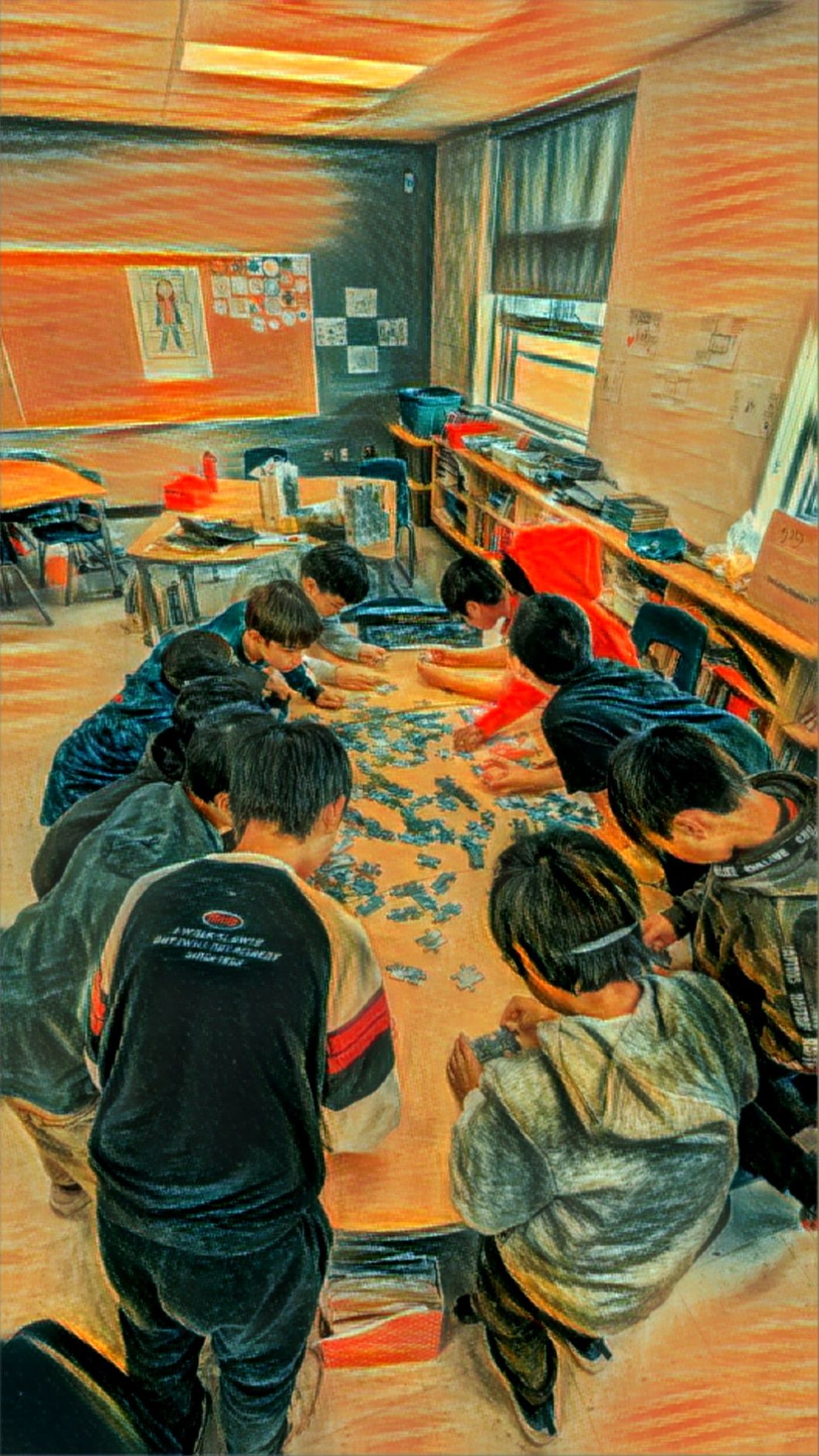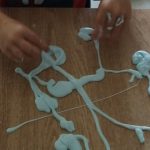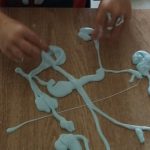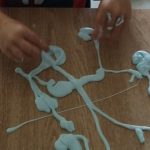Have you been considering a change? Moving schools or applying for a position at your board office? Here are a few anecdotes to think about as you consider this very personal decision.
As a child I had a teacher named Lilian as a neighbour. She was very kind to me and we often had little chats. She had worked in the same school for more than 20 years and then took the opportunity to change schools to work in a classroom with students who dealt with hearing impairments. Lilian told me she was very happy with her decision to move because it was invigorating and refreshing. She loved learning how to be successful in her new role and she adored her students.
At the beginning of my teaching career I was surplus to my school for 4 out of my first 5 years. On the one hand, I was very happy to have a job. But on the other hand, I was frustrated. Being forced to move schools meant adapting to new staff, admin, students, parents and communities. All of that on top of adjusting to a new grade assignment. In my fifth year, I was happy to be placed in a new school that wasn’t quite at capacity. I stayed at that school for 26 years and was never declared surplus again.
Compared to Lilian, you might think I became stale and dispassionate about my job. One of my principals encouraged me to move, citing that it did him a world of good to change work locations frequently. I often looked at postings but always decided to stay on. After a decade of being a homeroom teacher, the position as a prep coverage teacher and teacher-librarian gave me plenty of change in subjects and students. I felt challenged by the role and really enjoyed being in the library for part of my teaching time.
There was an occasion when I applied and was interviewed for a position at another school. Part way through the interview I asked a lot of questions and realized I did not want the job. It was a relief to get the call that they went with another candidate. It wasn’t the right position for me.
Throughout my career I’ve met teachers like Lilian who made a happy change near the end of their career and some like me who made no change once they settled into a position they liked. There are many variations as well. We all wonder “what if” but in the end we realize that the decision to apply for new positions is yours to make. You will be considering many factors such as your health, family and career. Sometimes reducing your commute can improve your quality of life, even if it’s not the teaching position of your dreams. It’s always a risk to put yourself out there but you will never know if you don’t try.
My new position as a semi-retired occasional teacher has been a welcome change. I used to say I would never be a supply teacher, but here I am, loving it. Every day is a new adventure!
I wish you well in the staffing process of 2024.
Take Care,
Brenda

